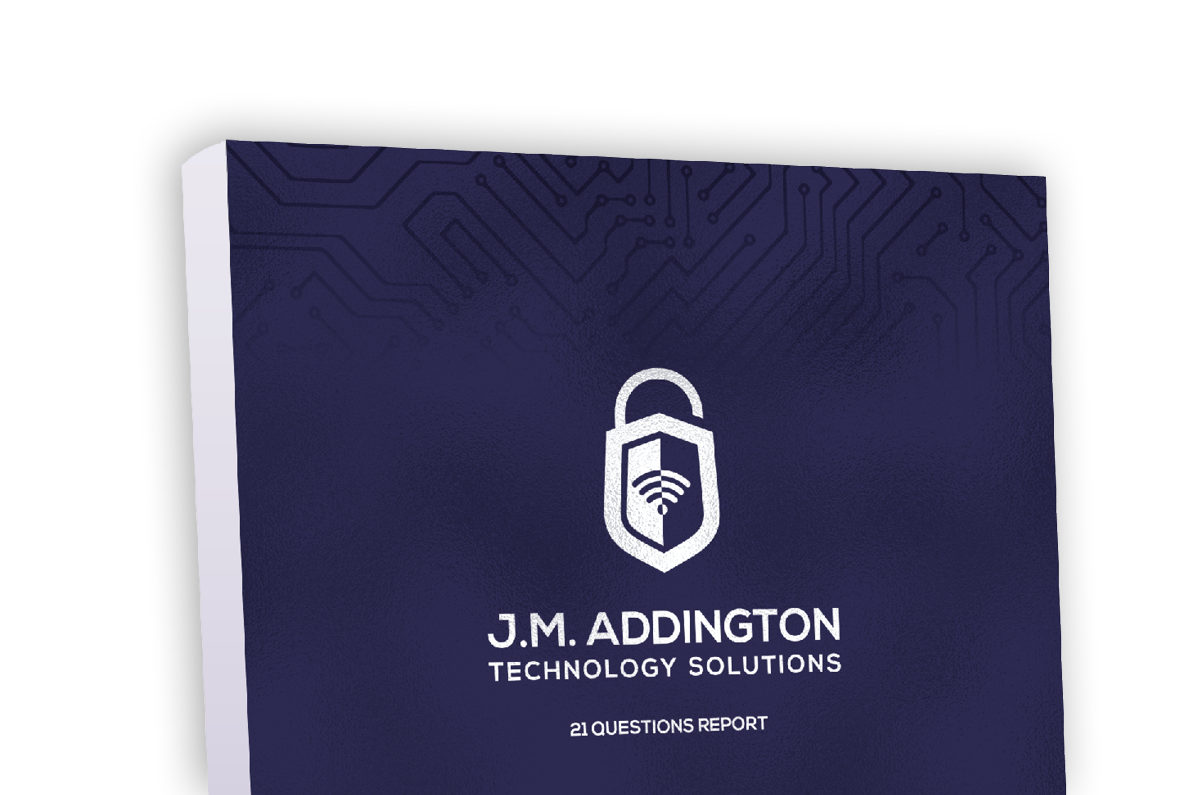 These days, our phones are jam-packed with apps. However, apps are more than clutter – they’re data collectors. Apps from China-based app developer ByteDance, such as TikTok, CapCut and Lemon8, track extensive details: your IP address, biometrics, messages, credit card numbers, people and places in your videos, information about the content you post and more. TikTok’s data privacy is so bad thatit’s banned in many countries and on government devices in several others, including the US, the EU, Australia and Canada.
These days, our phones are jam-packed with apps. However, apps are more than clutter – they’re data collectors. Apps from China-based app developer ByteDance, such as TikTok, CapCut and Lemon8, track extensive details: your IP address, biometrics, messages, credit card numbers, people and places in your videos, information about the content you post and more. TikTok’s data privacy is so bad thatit’s banned in many countries and on government devices in several others, including the US, the EU, Australia and Canada.
While harmful apps are the obvious ones to nix, experts also suggest you delete any app you aren’t using regularly. To ensure the app stops collecting and sharing your data, you often must deactivate or delete your account first. Log in to each app and find the page where you can delete your account, then uninstall it from your phone.
THE EMPLOYEE EXPERIENCE REVOLUTION
 Today’s employees desire more than a paycheck; they want purpose – a meaningful connection to their work that enriches their lives. As John DiJulius, speaker and author of The Employee Experience Revolution, puts it, “Work makes up a large part of nearly every human being’s life. If we don’t find value in what we do professionally, it will trickle into other areas of our lives.
Today’s employees desire more than a paycheck; they want purpose – a meaningful connection to their work that enriches their lives. As John DiJulius, speaker and author of The Employee Experience Revolution, puts it, “Work makes up a large part of nearly every human being’s life. If we don’t find value in what we do professionally, it will trickle into other areas of our lives.
Purpose-driven work not only increases engagement but also supports retention and well-being. At a recent industry conference, DiJulius explained three crucial elements in attracting and retaining rock-star employees: cultivating purpose, creating an ungameable recruitment process and delivering a memorable onboarding experience.
THE POWER OF PURPOSE
To create a culture of purpose, trust and meaning, DiJulius says, “employers must make sure every employee understands how their job impacts customers’ lives.” This can be straightforward for customer-facing employees, but it’s harder for those in less visible positions, such as warehouse or assembly-line roles, to make the customer service connection. Medical device company Medtronic does this through its annual gala, where all staff can meet the patients who benefit from their devices, reinforcing the real-world impact of their efforts. Find ways to cultivate these connections between your employees and those who benefit from their work. Purpose also stems from who we work with. DiJulius reminds us, “Employees don’t quit companies; they quit people.” Today, hiring isn’t about filling seats. It’s an opportunity to welcome purpose-driven individuals who align with your mission into your company
Purpose also stems from who we work with. DiJulius reminds us, “Employees don’t quit companies; they quit people.” Today, hiring isn’t about filling seats. It’s an opportunity to welcome purpose-driven individuals who align with your mission into your company.
CREATING A RECRUITMENT EXPERIENCE
An excellent recruitment experience, DiJulius says, takes steps to make what your company stands for overwhelmingly obvious. It will either turn them on to your company or off – and that’s the point. “We are not for everyone, nor do we want to be,” DiJulius says.
Use the interview process to scare away wrong-fit prospects, identify potential rock stars and make the potential rock stars want to pick YOU. Interview experiences should showcase what your company stands for. For example, greet candidates with a coffee, offer them a reserved parking spot and involve employees in the interview process. These details convey your company culture and help candidates feel like they belong.
CREATING THE ULTIMATE ONBOARDING EXPERIENCE
The first day at a new job can either affirm a hire’s decision or make them question it. Even for remote employees, purposeful introductions and engaging activities matter.DiJulius offers onboarding best practices:
- Reorientation: Hold regular orientations for all staff, connecting newcomers with current employees and updating them on any company changes.
- Gamify The Experience: Send new hires on a gamified “quest” around the office or virtual workspace to learn important details. This will encourage relationship-building and ease the transition.
- Stagger Training: Don’t overwhelm new employees with too much information. Instead, provide need-toknow knowledge early, then gradually add professional development to support long-term growth and reduce burnout or boredom.
Employees want purpose and a work culture where they feel welcome. This year, prioritize creating an environment where employees find meaning, can engage fully and stay committed for the long term.
ARE YOU MANAGING VENDOR SECURITY RISKS?
As the new year begins, innovative businesses often reflect on what’s ahead – and what needs improvement. While launching new projects and implementing annual plans, one critical task shouldn’t be overlooked: managing vendor security risks. Vendors play an essential role in your business’s success, but they also present a severe cyber security risk if you don’t vet and monitor them effectively, especially if they handle sensitive data.
WHAT’S A VENDOR RISK?
Many businesses rely on trusted vendors, such as cloud services or file-sharing tools, to carry out day-to-day operations. If that vendor gets hacked, your sensitive data is suddenly – and dangerously – exposed. A perfect example is the 2023 MOVEit Transfer breach, where attackers exploited vulnerabilities in the vendor’s software, giving them access to critical data like customer information and business records for thousands of organizations. BlueVoyant’s State of Supply Chain Defense report showed that organizations experienced, on average, 4.16 supply chain breaches in 2023 that impacted operations.
Vendor breaches are more than annoying – they could also lead to data loss, diminished customer loyalty or even legal issues. This year, consider adding these best practices to your end-of-year review to manage your vendor risk:
1. REVIEW VENDOR CONTRACTS
Like you, vendors need to be held accountable for following industry-standard practices like encryption, secure data storage and incident response protocols. Start your vendor risk review by checking to see if your contracts have the necessary security clauses, and make sure your agreements outline these expectations clearly so you and your vendors know what’s at stake.
2. CONDUCT VENDOR SECURITY AUDITS
If you haven’t done it recently, it’s time for a thorough security audit of your high-risk vendors. This will help you understand if they’re implementing strong cyber security measures, such as multifactor authentication, encryption and regular system updates. Knowing where your vendors stand gives you a better handle on your own security.
3. MONITOR FOR EMERGING RISKS
Cyberthreats evolve quickly and so do the risks your vendors face. Regular monitoring of your vendor’s security practices, like tracking vulnerabilities or breaches, will keep you on top of any emerging threats.
4. UPDATE YOUR VENDOR LIST
Now is a good time to clean house. Cut ties with vendors who aren’t living up to your security standards and tighten your relationship with those who are proactive about protecting your data. Consider creating standardized onboarding and offboarding processes for vendor, too, so old vendors don’t have unwarranted access to your organization.

Download our Report!
Get your copy of What Every Business Owner Must Know About Hiring an Honest, Competent, Responsive, and Fairly-Priced Computer Consultant.
